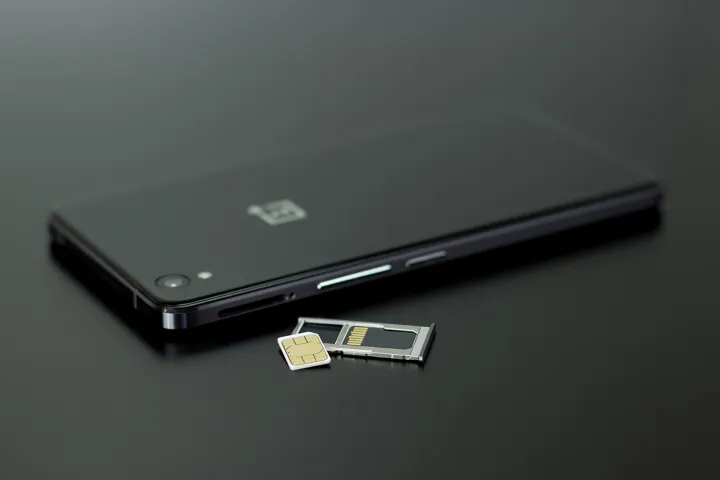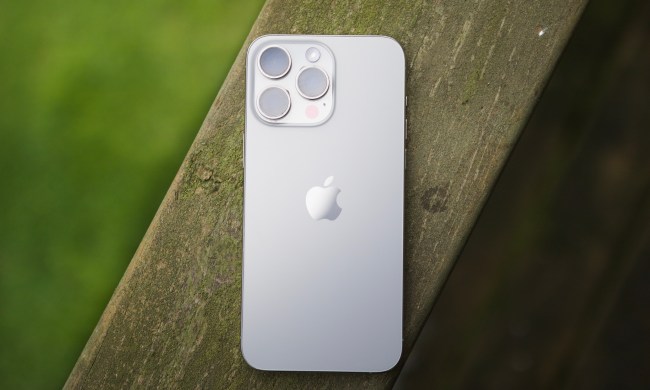
Once, taking our phones abroad was just for emergencies. Today, we have social media to think about. Those photos from our vacation won’t magically show up on Instagram. Beyond that, our phones are essential navigation tools with GPS, music machines with Spotify, and of course, a way to stay in touch with friends and family at home.
It’s easier than ever to remain connected when you’re away from home, and provided you plan ahead, you won’t be landed with a huge bill at the end of it. That’s right, despite the relative simplicity of setting up international roaming today, if you’re not careful charges can mount up very quickly.
To avoid the pitfalls, and make sure you’re prepared for your trip, here’s our guide to international roaming.
Canada and Mexico
If you’re going to either Canada or Mexico, there’s a good chance — if you’re on the right plan — that you’ll be able to take the call and data that’s included with you, ready to use just like you are at home.
AT&T
If you have an AT&T Unlimited & More plan, either standard or premium, then you won’t have to pay any roaming charges at all. The carrier explains everything about the plan here. Don’t worry if this isn’t the plan you have with AT&T, because you may be able to add its Roam North America feature to get the same benefits, and the cost varies depending on your existing plan.
Verizon
Verizon’s Go Unlimited, Beyond Unlimited, Above Unlimited, and the XL and XXL shared plans all let you use your allowance in Canada and Mexico, without further charge. It also has a TravelPass option for those not on one of the above plans, which adds the same benefit for $5 per day.
T-Mobile
With the T-Mobile One plan, calls, texts, and data can be used in Mexico and Canada at no extra cost. However, this only applies for up to 5GB of data at 4G LTE speeds.
Sprint
Sprint Unlimited plans provide 4G LTE speeds in Canada and Mexico, along with texts and calls, without further charge. Unlimited Basic subscribers get 5GB of data, and Unlimited Plus get 10GB, while Unlimited Premium subscribers are not restricted at all. On other plans, Sprint charges $2 per day or $10 per week for up to 4G LTE speeds.
Global Plans
Going further afield than Canada or Mexico? Then you’ll want to be even more vigilant about using your phone, as this is where the really big bills can be racked up. International roaming without a special plan will get very expensive, very quickly. Planning ahead is essential if you want to stay with your normal provider.
AT&T
For $10 per day AT&T will unlock its International Day Pass system, which lets you use unlimited calls and texts, plus the same data plan you have at home. It’s available for use in more than 100 countries. Alternatively, a monthly 1GB Passport costs $60, while a 3GB Passport costs $120. Careful with these, as for each gigabyte of data you go over the allowance, AT&T will charge you $50. Still, it’s better than not doing anything, as calls could cost $3 per minute and a single megabyte of data is $2.
Verizon
For $10 per day you can use your Verizon data and call allowance in 185 countries, provided you are on the correct Unlimited plan. If you have the Above Unlimited plan you have five free passes to use your plan internationally at no extra charge. Verizon also offers low use monthly plans at $70 or $130, depending on the amount of calls and data you want. The $70 option only comes with 512MB of data, while you get 2GB with the $130 option.
T-Mobile
On the T-Mobile One plan you get unlimited data at up to 128kbps speeds, which are very slow. T-Mobile One Plus doubles that to 256kbps at $15 per month. The service is offered in 210 countries.
Sprint
Sprint provides free texts and 2G data speeds in more than 200 countries worldwide. Calls can be placed at $0.25. Its Global Roaming plan is only available on GSM phones with 4G LTE connections. If the 2G speeds are too slow, Sprint charges either $5 per day or $10 per day to enable speeds up to 4G LTE. If you choose to pay weekly, this changes to $25 to $50, depending on your destination.
Alternatives
Google Fi
Google’s wireless service is an interesting alternative for travelers wanting to make calls and use data. It costs $10 per gigabyte of data with unlimited calls and texts, and non-Wi-Fi calls cost $0.20. Google offers its service in 170 countries worldwide.
Prepaid plans
Various prepaid network operators do offer roaming options, but they can work out to be expensive. MetroPCS charges $5 per month for 5GB of data use in Mexico or Canada, provided you’re spending $40 per month or more on your plan. AT&T’s GoPhone has free calls and texts in Mexico and Canada for some subscribers. Use outside of North America is usually not possible.
SIM Cards

If your existing plan lets you use unlimited, fast data when roaming, it’s best to take advantage of it. However, there is an even better alternative if you’re an intrepid traveler who doesn’t want to cope with slow data speeds, or if you’re staying for longer than your plan allows. We recommend buying a local SIM card to use during your stay. You get local data speeds, a local number, and it’ll almost always work out cheaper than paying out for roaming data.
The locations for getting a SIM card locally depends on where you’re traveling to. In many international airports, especially those in Asia — we’ve used them in Hong Kong, Taiwan, South Korea, and Japan — there are retailers waiting to not only sell you a prepaid SIM card when you land, but to set it up for you and put it in your phone at the same time. You should be up and running in a few minutes, and the prices are usually very reasonable.
On a recent trip to Taiwan, a local SIM at the airport cost around $17 for seven days use and 4GB of data included. In the U.K., all operators sell Pay As You Go SIM cards, and the top-up costs can be less than $30 for at least 5GB of data that lasts for 30 days.
If you would rather plan ahead, it’s possible to purchase international SIM cards and have them delivered to your home before you leave, saving you a job at the airport when you arrive. There are many companies that offer such services, with One SimCard and WorldSIM being among the best known. However, we were very impressed with Mobal’s SIM service on a recent trip to Japan. The SIM arrived in the mail before we left, and worked continuously, without issue, and at high speeds during our stay.
Your phone

If you decide to use a SIM card different than your regular SIM, then you will need an unlocked GSM smartphone to use it in. That’s fine if that describes your regular phone, just make sure you don’t lose your normal SIM after taking it out. If your phone is locked to your carrier it will not work if you put in another SIM card. It’s possible to unlock your phone if you’re aware this has to happen. However, check with your carrier if you’re unsure if this applies to you, and talk to them about international plans at the same time.
If you travel often, a second phone may make sense, and the increased availability of dual-SIM phones — including the Apple iPhone — makes using both your own and an international SIM in the same device possible. If you have to buy a second phone to use abroad, consider a dual-SIM model.



